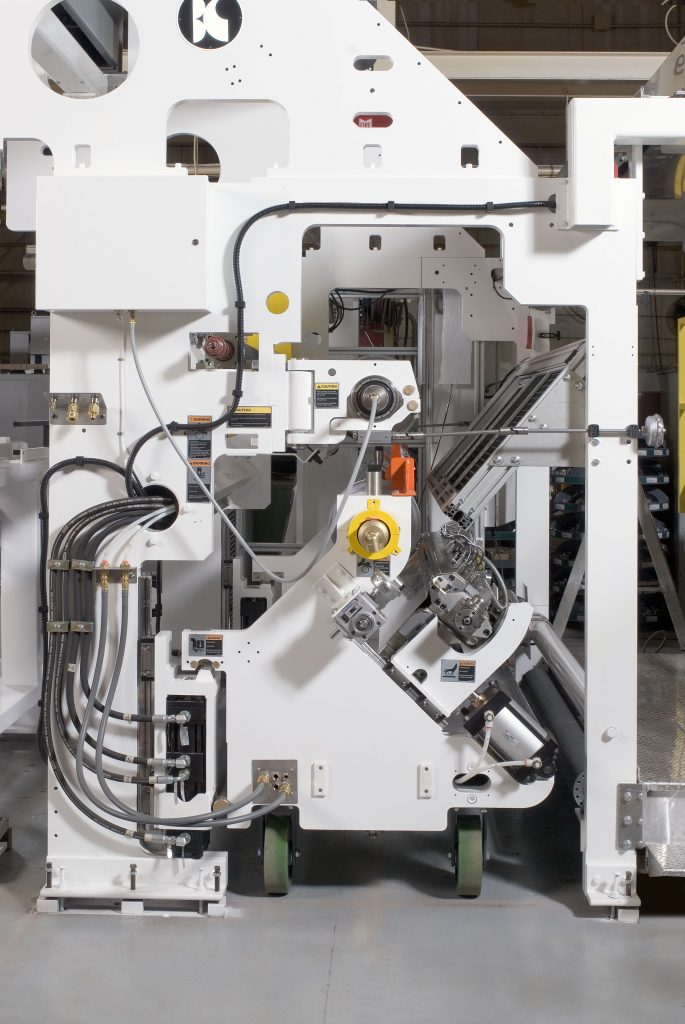Liquid Coating & Laminating Tips | Part II In the last blog, we provided tips to help establish a...
Liquid Coating & Laminating Tips | Part I

The first step in building a world-class liquid coating line is properly defining the application. Product development in flexible packaging, labels, tapes, window film and paint protection present challenges to both converters and machinery manufacturers. Whether considering a new coating line or running new applications on an existing line, it’s important to evaluate various parameters to optimize production. This first blog will cover key questions to help establish a baseline as well as information on coater selection and coating formulations.
Key Questions:
- What substrates are to be coated?
- In what order are the webs coated?
- What are the limitations of the web temperature and tension?
- What are the parameters for web handling, tension, roll diameters and weight?
- What are the surface treatment levels and requirements (i.e. corona, flame)
- What are the formulations?
- How do the formulations get applied to the web?
- How do you dry the formulation?
- What are the safety and design parameters of the formulation?
Here is a generic product structure defining the order in which the product is produced.

After answering those questions, take a look at coater selection.
Parameters considered here include:
- Line speed
- Substrates
- Coating formulation
- Finished criteria
- End-use
- And appearance
You’ll also want to consider your geographic location, local regulations and workforce capabilities.
Basic coater types include:
- Gravure
- Reverse roll
- Slot die
- Rod coater
- Smooth roll
- Air-knife
- Curtain coater
- Dip and squeeze
- Knife-over-roll
- Hot melt
- And other variations
Evaluating coating formulations comes next.
Properties for assessment include:
- Functionality
- Coat weight
- Wet thickness
- Solids
- Viscosity
- Shear stability
- Percentage of each component
- Percentage of coverage
- pH, whether it is solvent or water-based
- And application speed and temperature
In the next blog, we will take a look at the types of liquid coating substrates and characteristics, substrate surface tension/corona treatment guidelines and dryer selection.
Do you have questions or comments about this blog post? We’re happy to hear from you – comment below.
If you have any questions regarding our liquid coating machines, please visit: https://davis-standard.com/converting_system/liquid-coating/ or e-mail marketing at marketing@davis-standard.com.


